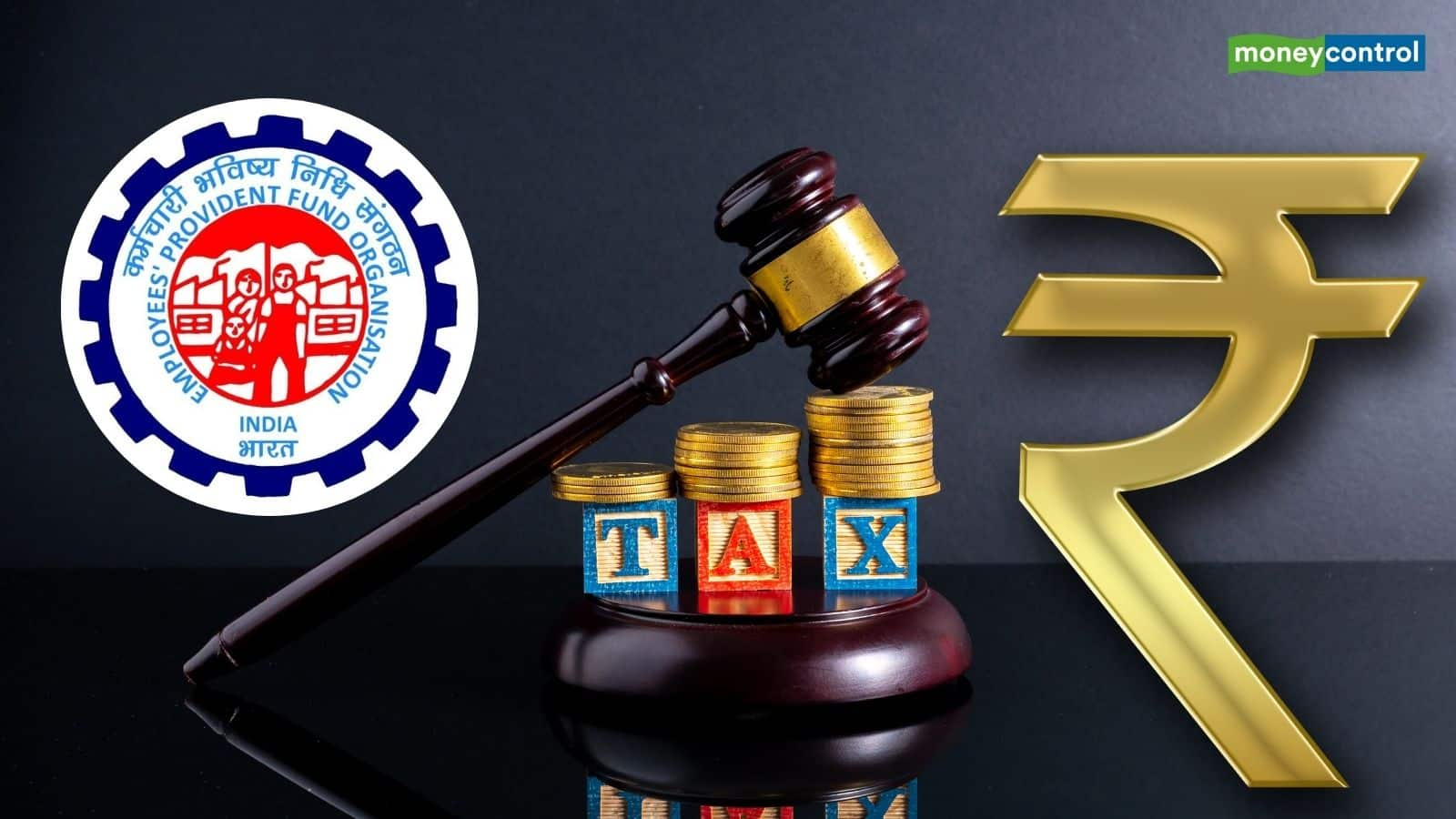
EPF Interest Tax: The Employees Provident Fund Organization (EPFO) has started crediting interest money to the EPF account of its members for FY 2024-25. But, due to late credit in every financial year, it makes it difficult to taxpayers. They do not understand how to show it in income tax return (ITR).
Due to this, information in Income Tax Return (ITR) and Tax Department Form 26AS or Annual Information Statement (AIS) does not match, which increases the possibility of issuing notice. Let us know how PF interest is taxed and how it can be shown in ITR.
Tax liability on more contribution
According to the income tax, if the EPF contribution of an employee is more than ₹ 2.5 lakh in a financial year, then the interest earned on additional contribution is taxable. The border for government employees is ₹ 5 lakh.
If the account is connected to PAN, then this interest is charged at the rate of 10%. In the event of PAN not connecting, this rate becomes 20%. However, if the total taxable interest is less than ₹ 5,000, then TDS is not deducted.
Possible difference between ITR and AIS
The EPFO interest usually credits in the new financial year. For example, the financial year 2024-25 interest is being received in the current financial year. In such a situation, TDS also applies to it in the same year. If the taxpayers include that interest in last year’s income based on the entry of the passbook, it may show the difference between the next year’s ITR and AIS/26AS.
In such a situation, taxpayers in AIS can give feedback that the concerned TDS is based on the last year’s income and the tax has already been repaid. However, if the EPFO does not improve the information of TDS, then the system will continue to misunderstand and the tax department can send you notice.
Report on credit basis
Tax experts recommend that EPF interest should be reported on credit based basis. This means that the year he is actually deposited in the account and the TDS is deducted, the same year it should be included as income.
If you showed interest in last year’s income based on ‘accrual’, but the EPFO ’credited’ it next year and cuts TDS in the same year, it would be a problem. In such a situation, the system of the Income Tax Department will show a difference in your income and 26AS/AIS records, which can give you tax notice.
Need clarity in policy
Experts believe that the root of this confusion is EPFO’s interest credit process. The organization should complete the announcement of interest rates by the end of every financial year, approval and the process of credit, so that there is transparency in reporting for taxpayers. Its existing system complicates compliance and inadvertently increases the possibility of incorrect reporting.
Also read: ITR Filing 2025: Consider these 6 things related to Form 16, otherwise the penalty will have to be paid